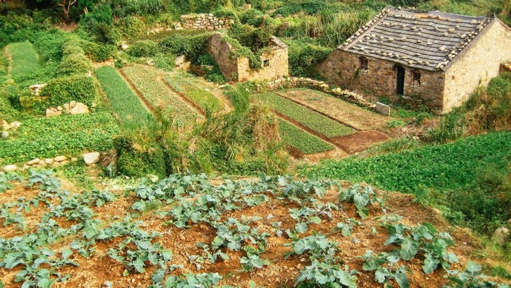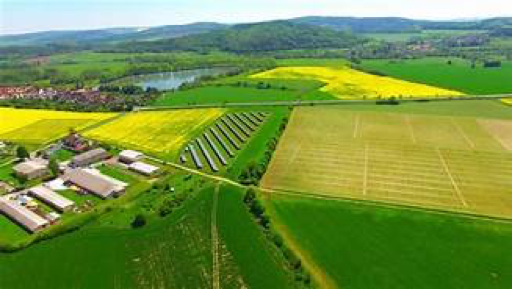

Alternative farming is hands-on and cost-conscious ways to maintain yields, conserve soil, maintain water quality, and lower operating costs through improved farm management (National Research Council, 1988). Alternative agriculture farming involves the conservation of natural biomes and ecosystems, including farms and gardens that enhance the landscape and interact with humans and their lifestyles. The creation of natural habitats enables beneficial wildlife to thrive and provide unique benefits to humans and agriculture.
Several alternative agriculture methods help producers today. Pollinators benefit crop production by traveling from bloom to bloom, spreading genetic material, and facilitating the production of food and resource crops, such as tomatoes, berries, pecans, and even cotton. The quality of fruit, vegetable, and nut products depends on the quantity of pollination they receive during development, making pollinators directly tied to the success of farms. Pollinators require water sources, shelter, and food sources for their young brood to develop and benefit farms, gardens, and other biomes. Alternative Agriculture develops habitats such as wildflower and weed patches in conjunction with blooming crops like cucumber, pumpkin, blackberry, and even citrus trees where pollinators produce, thrive, and carry out their beneficial service. Agriculture, wildlife ecosystems, and beneficial insects form a mutual relationship, depending on one another to grow healthy, thrive, and produce successfully.
